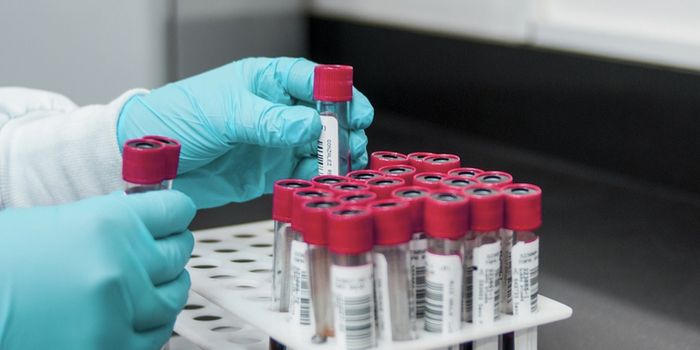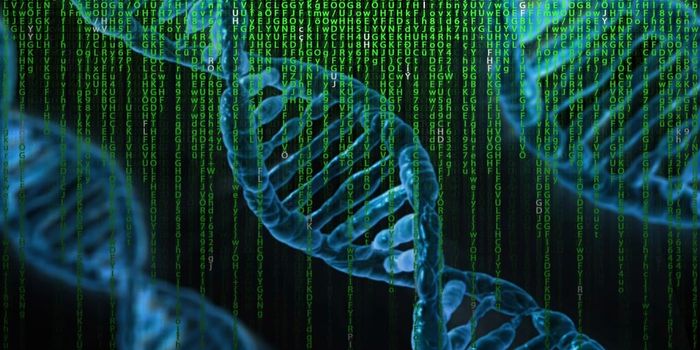Cell-Like Structures Form Out of Frog Egg Cytoplasm
Xenopus is a type of frog that is commonly used as a model organism in biological research, and their eggs develop outside of the body, making them especially good for studying development. Researchers have found that if ruptured, Xenopus eggs can reorganize spontaneously into compartments that resemble cells. The findings, by researchers at Stanford University, have been reported in Science.
"We were gobsmacked," said James Ferrell, M.D., Ph.D., the senior study author, and professor of chemical and systems biology and of biochemistry. "If you blend a computer, you'd end up with tiny bits of computer, and they wouldn't even be able to add two and two. But, lo and behold, the cytoplasm reorganizes."
After reassembling themselves, these compartments can continue to go through rounds of division and can generate smaller compartments. While some subcellular organelles, like the endoplasmic reticulum, are known to be capable of self-assembly outside of cells, this is the first time researchers have observed reorganization in larger structures.
Lead study author and postdoctoral scholar Xianrui Cheng, Ph.D. was studying programmed cell death, a common biological process. He saw that cytoplasm extracted from frog eggs was doing something unusual; nuclei were arranging themselves so there was equal distance between them. Cheng said that he placed the extract on slides and imaged them, and observed that it generated compartments that looked like a sheet of cells.
"If you take the cytoplasm of the frog egg -- note that the cytoplasm has been homogenized, so whatever spatial structure that was there has been completely disrupted -- and just let it sit at room temperature, it will reorganize itself and form small cell-like units. That's pretty amazing," Cheng said. These compartments were created regardless of whether sperm nuclei were added; something about the egg gave them this ability.
The scientists delved into the mechanism behind this phenomenon and determined that the cell's molecular fuel, ATP, and structural filaments called microtubules, were essential, as was a motor protein that helps the microtubules get where they need to go, called dynein.
The researchers also learned that if a chemical that prevents the cell cycle from starting was removed, and nuclei from sperm were added, the compartments could divide into smaller ones. The compartments could go through over 25 rounds of division, creating compartments of decreasing size (seen in the video).
"You're taking the material from the egg, and it divides in a mode that's reminiscent of embryonic development," Cheng said. "Just like they're supposed to in a real egg."
The cytoplasm of Xenopus eggs appears to have an inherent ability to create spatial organization, although researchers don't know its role in normal physiology, or whether other kinds of cells, not just egg cells, are capable of the same process.
The scientists want to learn more about this self-organization. "My favorite question right now," Ferrell said, "is can we make a simple model that explains the basics of this organization process? Or do we have to do something extremely complicated, like account for every single thing that we know a microtubule can do?"
Sources: Science Daily via Stanford Medicine, Science








